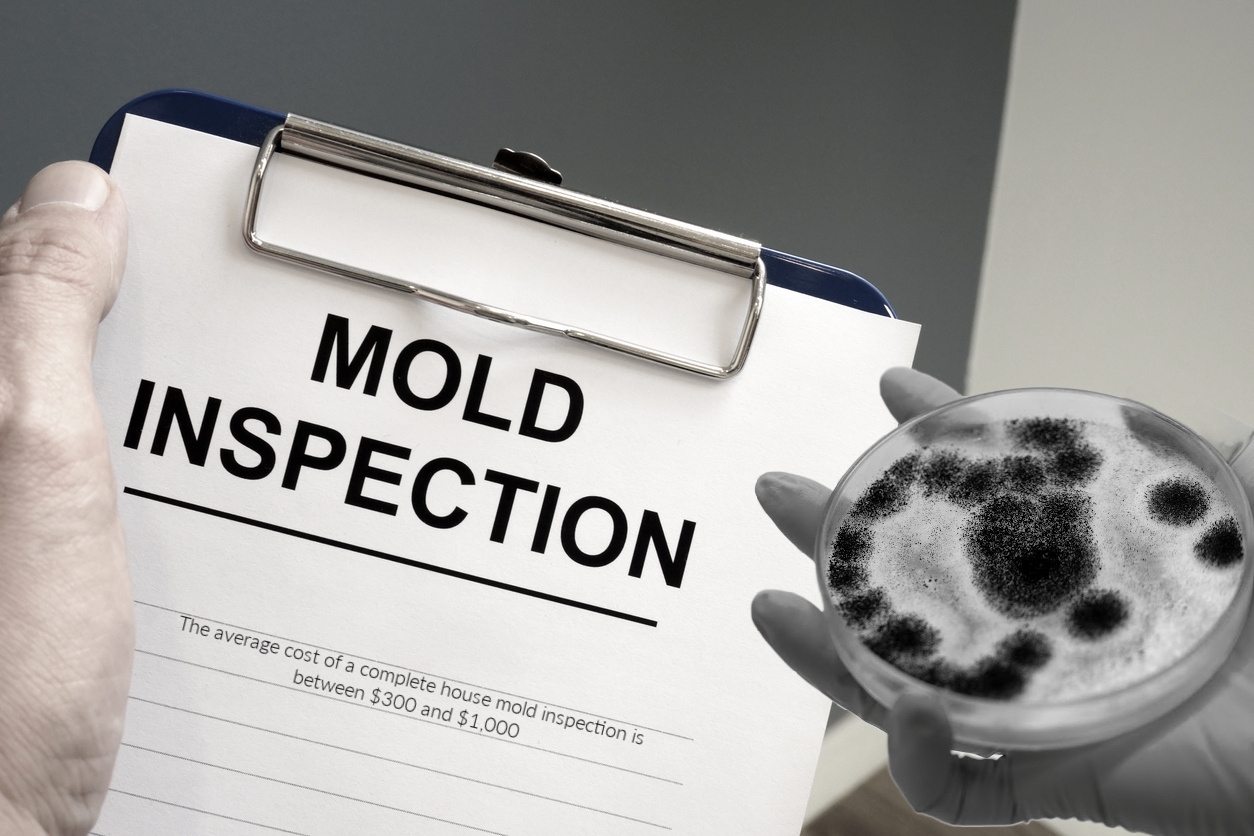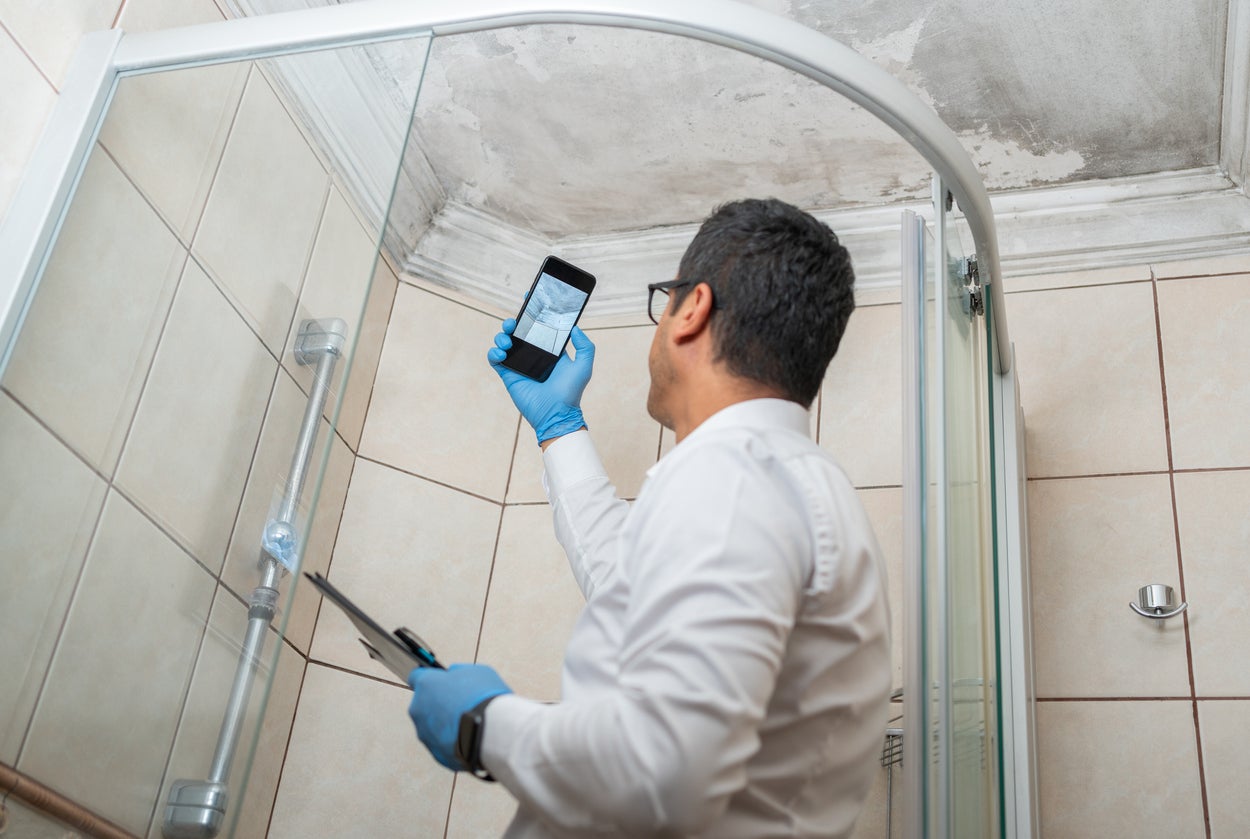Crafting a Comprehensive Post Mold Remediation Report
Crafting a Comprehensive Post Mold Remediation Report
Blog Article
Your Ultimate Overview to Article Mold Remediation Techniques
Navigating the world of post-mold removal strategies is a meticulous process that demands attention to detail and a detailed understanding of the details entailed. In the aftermath of mold and mildew infestation, understanding just how to efficiently eradicate the mold and mildew and stop its reoccurrence is critical for keeping a healthy indoor environment. From selecting the right cleansing and disinfecting methods to executing techniques for long-term mold and mildew prevention, each step in the removal journey plays a critical role in guaranteeing a successful result. As we get started on this exploration of post-mold remediation techniques, we will certainly reveal the key methods and ideal techniques that can help you recover your space to its pre-mold condition and secure it against future mold threats.
Recognizing Post-Mold Remediation Process
After completing the mold and mildew remediation procedure, it is important to comprehend the post-mold remediation strategies that are required to ensure a effective and complete cleanup. As soon as the mold has actually been eliminated, the following action includes cleaning and sanitizing the influenced areas to avoid any regrowth of mold and mildew.
Additionally, performing a final assessment post-remediation is important to make sure that all mold has been efficiently eradicated. This assessment needs to include a comprehensive aesthetic check along with possibly air sampling to verify the lack of mold spores in the air. If the assessment discloses any remaining mold and mildew, additional remediation may be needed. Informing occupants on precautionary measures such as managing moisture levels and promptly dealing with any water leaks can aid maintain a mold-free environment.
Reliable Cleansing and Sanitizing Methods

Stopping Future Mold And Mildew Growth

Significance of Correct Air Flow
Appropriate air flow plays a vital role in stopping dampness buildup, a crucial variable in mold development within interior atmospheres. Effective ventilation systems aid get rid of excess humidity from the air, lowering the chances of mold spores locating the dampness they need to spread out and germinate. Without adequate ventilation, indoor areas can come to be a reproduction ground for mold, bring about possible health dangers and architectural damages.
By guaranteeing proper air circulation, air flow systems can additionally assist in drying out moist areas faster after water damage or flooding incidents, even more discouraging mold development. After mold remediation. In rooms like washrooms, cooking areas, basements, and attic rooms where moisture levels often tend to be higher, mounting and keeping effective air flow systems is critical in stopping mold problems

Tracking and Upkeep Tips
Offered the important role that proper air flow plays in avoiding mold and mildew growth, it is essential to develop efficient surveillance and maintenance tips to guarantee the ongoing capability of ventilation systems. Regular evaluations of ventilation systems must be conducted to look for any signs of blockages, leaks, or malfunctions that can restrain appropriate air flow. Monitoring humidity degrees within the home is likewise crucial, as high humidity can add to mold and mildew growth. Mounting a hygrometer can aid track humidity degrees and alert homeowners to any type of spikes that may require attention. Furthermore, making sure that air filters are routinely cleansed or changed is vital for preserving the performance of the air flow system. Carrying out a schedule for regular upkeep jobs, such as duct cleansing and heating and cooling system assessments, can aid stop concerns prior to they intensify. By staying proactive and alert to the condition of air flow systems, homeowner can properly mitigate the danger of mold and mildew regrowth and preserve a healthy indoor atmosphere.
Verdict
In verdict, post-mold removal methods are crucial for ensuring a tidy and safe atmosphere. Comprehending the process, applying reliable cleansing and disinfecting approaches, avoiding future mold and mildew development, preserving proper air flow, and regular surveillance are all crucial action in the removal process. By adhering to these guidelines, you can efficiently get rid of mold and mildew and prevent its return, functioning or advertising a healthy living area for all occupants.
In the aftermath of mold problem, understanding how to efficiently eliminate the mold and avoid its reoccurrence is vital for keeping a healthy and balanced indoor environment. As soon as the mold and mildew has been gotten rid of, the following step involves cleansing and decontaminating the impacted locations to avoid any type of advice regrowth of mold - testing air quality after mold remediation. After removing noticeable mold development, it is important to clean all surface areas in the affected area to get rid of any staying mold and mildew spores. To even more improve mold prevention procedures, it is essential to address underlying issues that at first led to mold and mildew growth.Given the essential role that appropriate ventilation plays in protecting against mold and mildew development, it is essential to develop efficient monitoring and maintenance suggestions to make sure the continued functionality of air flow systems
Report this page